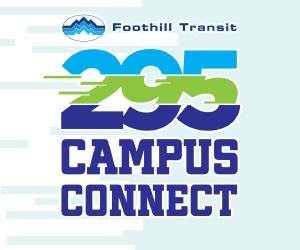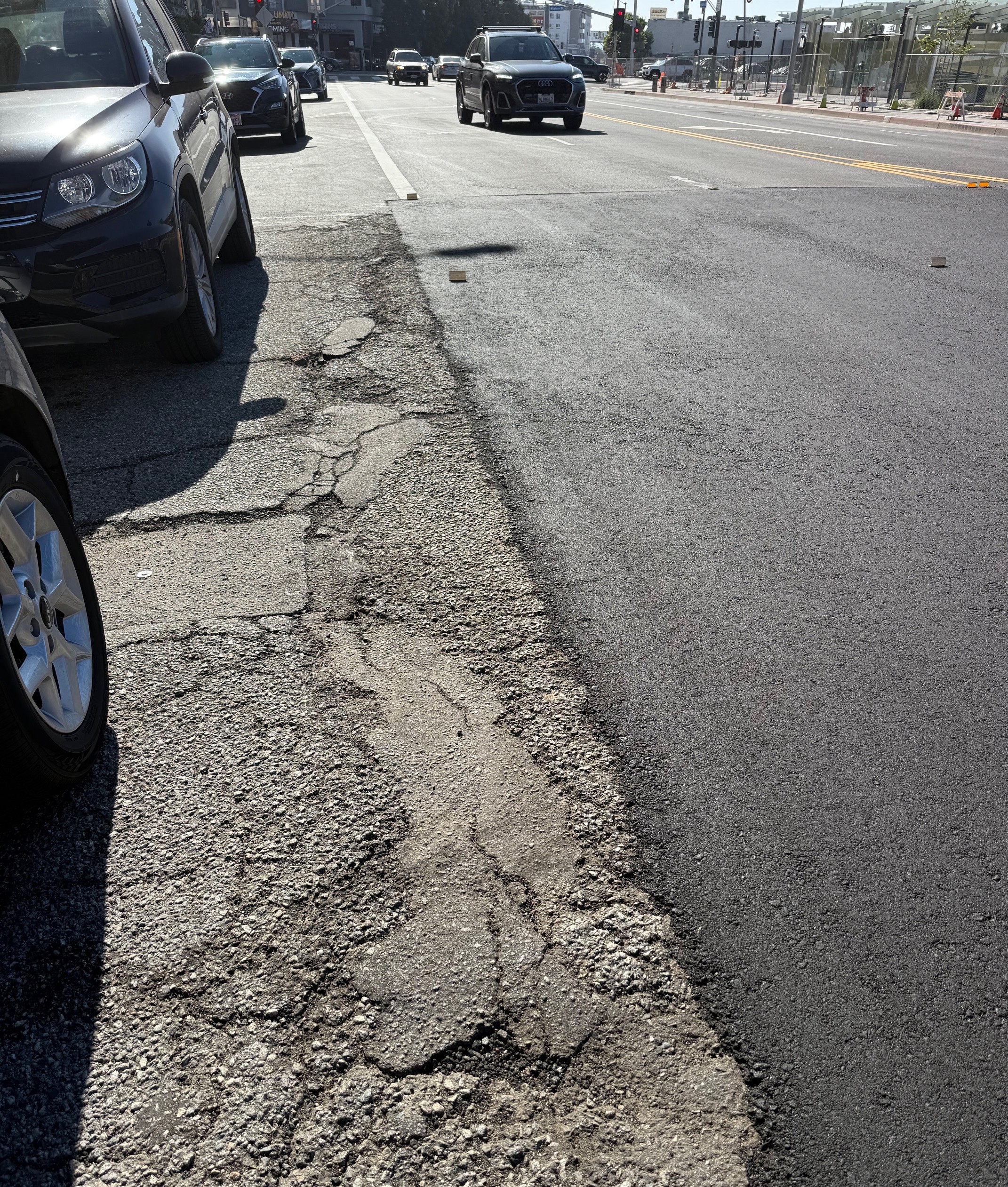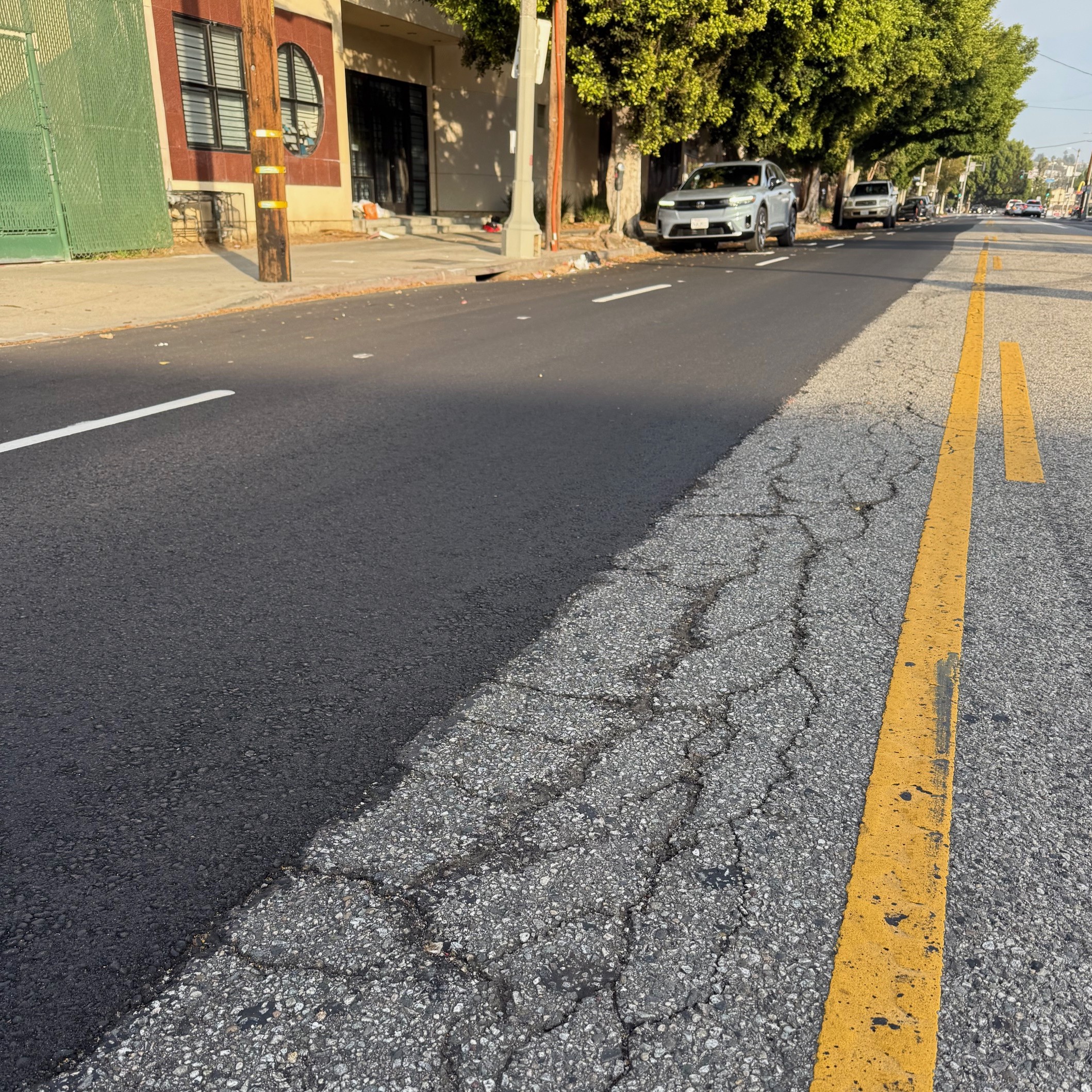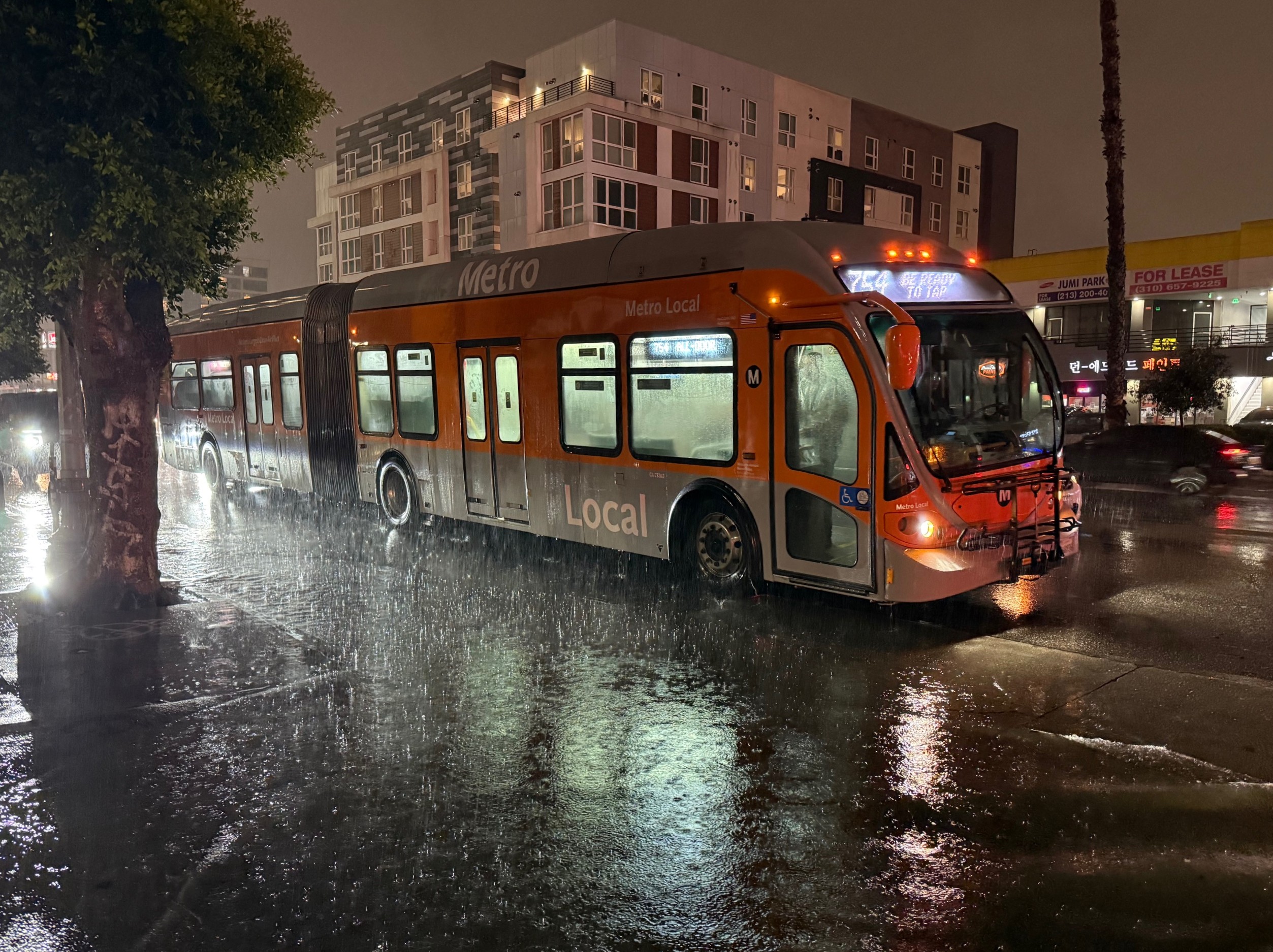Who suffers most from bad road design? Not surprisingly, the answer is poor people, according to a study published in the American Journal of Public Health.
Researchers examined injury rates for pedestrians, drivers and cyclists over a five-year period in Montreal. They found pedestrians living in low-income neighborhoods were more than six times more likely to be injured by a moving vehicle than those from high-income neighborhoods.
Motorists and cyclists in low-income neighborhoods didn't fare much better. These drivers were 4.3 times more likely to be injured. For cyclists the ratio was 3.9 to 1.
The reason, researchers said, was "exposure to traffic." The study found that low-income neighborhoods were more likely to contain major arterials and four-way intersections -- two of the biggest risk factors for those traveling by any mode. The study also found low-income neighborhoods were subject to traffic volumes 2.4 times greater than high-income -- one of the best predictors of injury.
"Traffic volume at intersections increased significantly with poverty," the authors wrote. "If the average daily traffic at intersections in the poorest census tracts were equal to that in wealthiest census tracts, ... there would be 21% fewer pedestrians, 19% fewer cyclists, and 25% fewer motor vehicle occupants injured at intersections in those areas."
Low-income residents also faced additional risk factors. They were much more likely to rely on walking or transit to get around. They tended to live in higher-density areas, a factor that was associated with high traffic volumes.
So what's the best way to reduce injury? Study authors say promoting alternatives to driving is an important strategy.
They recommended "a paradigm shift in favor of more sustainable transportation that would reduce traffic volumes and prioritize public transit." Adding, "recently, large reductions in road fatalities in the United States have been attributed to reductions in distances driven."
Researchers also recommended complete streets and traffic control measures like the UK's 20-mile-per-hour zones.







